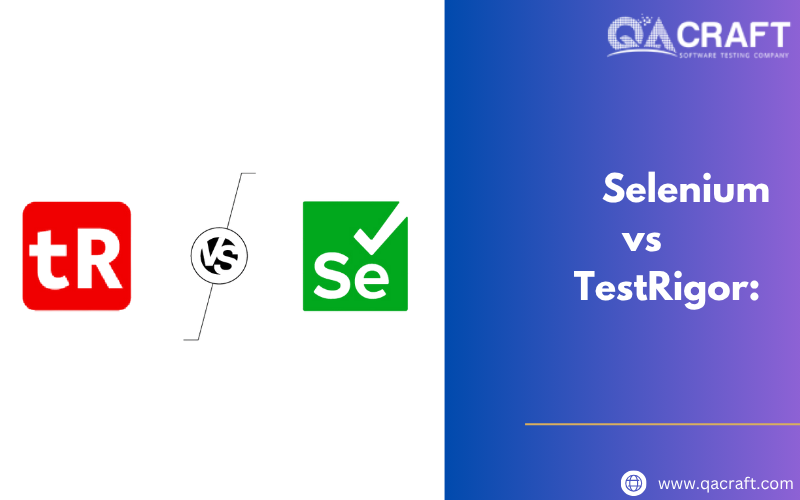07 Aug

Selenium vs testRigor
Selenium vs TestRigor: Which Test Automation Tool Is Right for You? When dealing with software testing, the selection of the proper automation tool can either destroy your QA or make it successful. Very different experiences could be found in two
11 Nov

What Are The Challenges Faced In Selenium Automation Testing?
While implementing test automation using Selenium, testers might come across several challenges in Selenium automation testing. Some common ones include: Dynamic Elements Issue: Web elements like buttons, links, or input fields to change dynamically (ID/name/location,) between runs of the same
06 Nov

Benefits Of Selenium Automation Testing
Automation testing is now essential for producing high-quality apps in the fast-paced world of software development. The top automation testing framework, Selenium, has many benefits that make it the go-to option for QA teams around. 1. Cost-Effectiveness Eliminates the need
11 Sep

What Is Selenium Testing?
Selenium is an automated open-source testing software used to test web-based applications across various browsers. It offers a set of functions that testers and developers can use to create automatic tests to check the web applications’ functionality without human interference.
01 Feb

How to Automate TestNG in Selenium
What is the TesNG Framework? TestNG is an open-source automation framework for Java. TestNG contains more features than Junit, which makes it a more robust framework. TestNG was created by Cedric Beust and is mostly used by developers and testers.
13 Dec

Selenium vs Testcomplete
Test automation is a time-saving approach, for testing software products that require long-term maintenance. Selenium and TestComplete are considered tools for automation testing as they offer a platform that allows you to construct continuous testing frameworks effortlessly. With their execution

